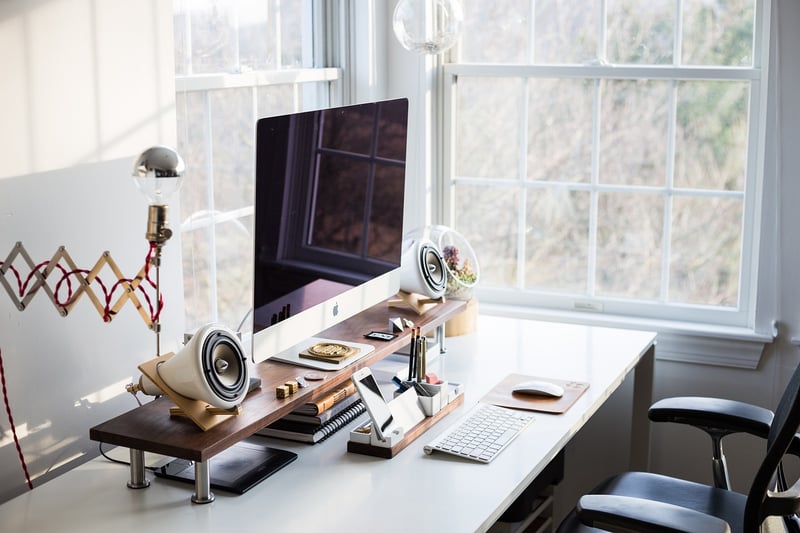Lighting Optimization Strategies
Creating a Comfortable Work Environment: Lighting Optimization Strategies
Are you looking to improve your work environment to boost productivity and well-being? One essential aspect to consider is lighting. Proper lighting not only enhances visibility but also impacts mood, focus, and overall health. Let's explore some strategies to optimize lighting in your workspace for a more comfortable and productive experience.
1. Natural Light Maximization
Maximize natural light in your workspace by positioning your desk near windows or open areas. Natural light helps regulate your circadian rhythm, enhances mood, and reduces eye strain. Consider using light-filtering curtains or blinds to control glare and brightness levels.

2. Task Lighting
Supplement natural light with task lighting such as desk lamps or overhead lights. Task lighting helps illuminate specific work areas, reducing eye strain and increasing focus. Choose LED lights with adjustable brightness to customize your lighting based on different tasks.

3. Color Temperature
Consider the color temperature of your lighting. Cooler temperatures (5000-6500K) are energizing and ideal for task-oriented work, while warmer temperatures (2700-3000K) are calming and suitable for relaxation. Use a mix of both for a balanced and versatile lighting setup.
4. Ergonomic Considerations
Ensure proper lighting ergonomics by positioning light sources to reduce glare on screens and minimize shadows on work surfaces. Adjust the height and angle of your lights to prevent eye strain and discomfort. Opt for indirect lighting to create a softer, more diffused illumination.

5. Smart Lighting Solutions
Explore smart lighting options that allow you to adjust brightness and color temperature remotely. Smart bulbs, dimmers, and sensors can help create a dynamic lighting environment that adapts to your needs throughout the day. Consider investing in lighting systems that support your circadian rhythm.
Conclusion
By implementing these lighting optimization strategies, you can create a comfortable, well-lit work environment that promotes productivity, focus, and overall well-being. Experiment with different lighting setups to find what works best for you and transform your workspace into a place where you can thrive.
Remember, lighting plays a crucial role in shaping your work experience, so make it a priority when designing your workspace.
